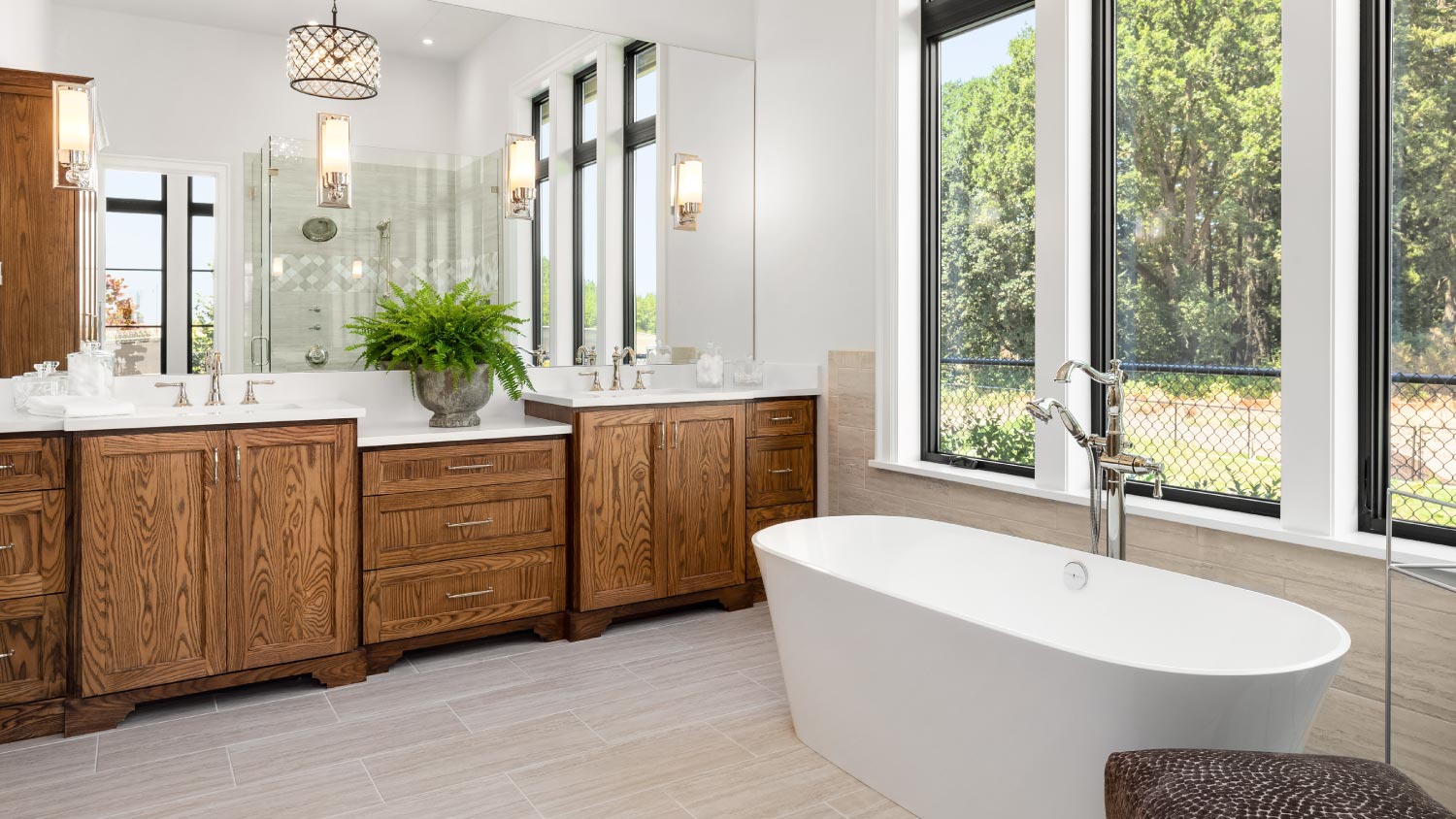
Get matched with top gas log pros in Twin Lakes, MN
Enter your ZIP and get matched with up to 5 pros
Need a pro for your gas log service project in Twin Lakes, MN?
Find Gas log pros in Twin Lakes
ELECTRIC SERVICE CO, INC
ELECTRIC SERVICE CO, INC
Electric Service has been in business since 1942 and will be here for many years to come. Each of our experienced staff members have been working in their areas of expertise for many years. We are both reliable and responsible. Free estimates are offered for larger heating, cooling, electrical and plumbing projects. We are your one stop for all your new construction and repair projects.
Electric Service has been in business since 1942 and will be here for many years to come. Each of our experienced staff members have been working in their areas of expertise for many years. We are both reliable and responsible. Free estimates are offered for larger heating, cooling, electrical and plumbing projects. We are your one stop for all your new construction and repair projects.
The homeowners guide to home care is here
From average costs to expert advice, get all the answers you need to get your job done.

Backsplash installation costs vary by tile type, design, kitchen layout, and contractor. Find out how much your dream backsplash will cost you.

An updated bathtub can give a bathroom a whole new look. Find out how much it costs to replace a bathtub, including prices by type and labor costs.

Finishing an attic can make a great addition to your home. This guide breaks down the cost to finish an attic, including labor, materials, and more.

An updated bathtub can give a bathroom a whole new look. Find out how much it costs to replace a bathtub in Columbus, OH, including prices by type and labor costs.

An updated bathtub can give a bathroom a whole new look. Find out how much it costs to replace a bathtub in Tampa, FL, including prices by type and labor costs.

Here's a look at the cost to build a garage with apartment on your property for a rental or in-law apartment.